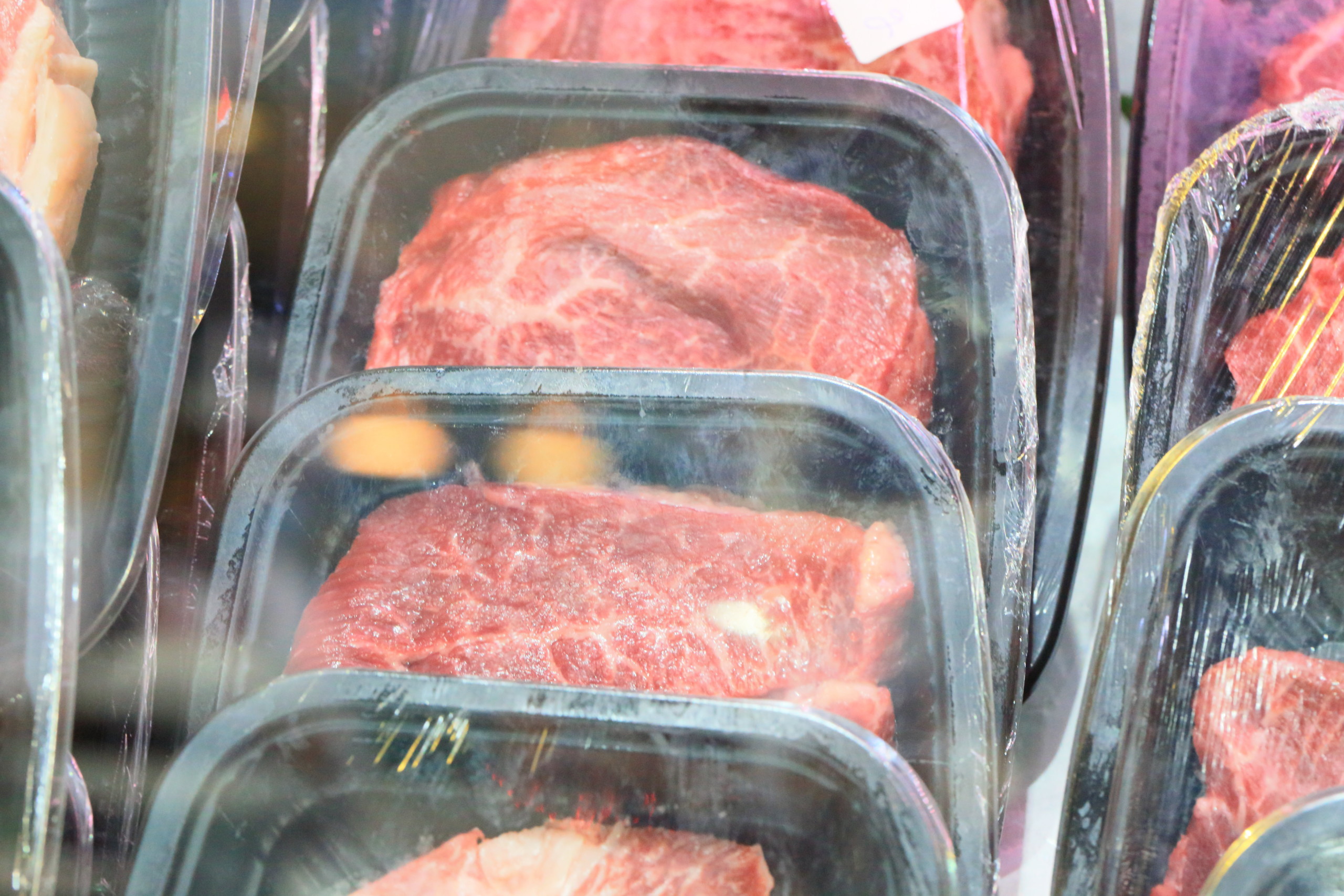This website uses cookies so that we can provide you with the best user experience possible. Cookie information is stored in your browser and performs functions such as recognising you when you return to our website and helping our team to understand which sections of the website you find most interesting and useful.
Post
PVC Packaging is Helping Solve Many of Today’s Environmental Challenges
PVC packaging reduces food waste – a major source of methane – by keeping food safe and fresh longer. Today, 30-40% of the U.S. food supply is wasted[1], causing significant methane emissions that are 28 times more damaging to the environment than CO2.[2] PVC film can extend the shelf life of foods, such as meat from four to 30 days.
PVC protects food and medicine for people. Its performance is unmatched. PVC is a proven solution to a wide variety of packaging challenges. And PVC’s unparalleled durability – supported by decades of proven experience – has changed the way we live our daily lives. PVC is tough and used in tamper-proof packaging for medications. PVC coatings increase the shelf life of canned good because they keep cans from corroding due to acids in food and beverages, and keep food from having a metallic taste. And let’s not forget the value of vinyl sealants that preserve flavor and provide airtight seals for caps and closures on food and beverage bottles and jars which keep food fresh and bacteria out.
PVC is recycled. 1.1 billion pounds of vinyl is recycled annually in the U.S. and Canada. This total includes 142 million pounds of post-consumer vinyl materials and 958 million pounds of pre-consumer vinyl that is recycled annually.[3]
PVC represents less than 0.15% of materials collected curbside.[4] And in areas where all plastics are collected at curbside, PVC-containing products are easily sorted from PET and HDPE containers.
[1] U.S. Environmental Protection Agency: https://www.epa.gov/sustainable-management-food/food-loss-and-waste-factsheet
[2] U.S. Environmental Protection Agency: https://www.epa.gov/ghgemissions/understanding-global-warming-potentials#Learn%20why
[3] Tarnell Company 2019 Recyclers Survey Sold Amounts
[4] Titus Secondary Recovery Study for VI May 2020 Los Angeles, CA


